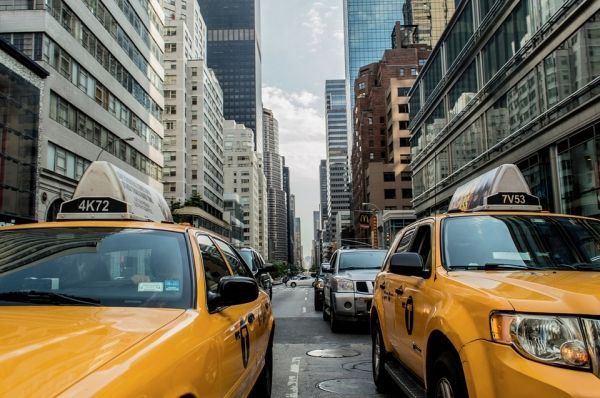New York City Clean Air Taxi rules are successful in cutting emissions and reducing air pollution, according to a new study by researchers at the Columbia University Mailman School of Public Health and Drexel University. Between 2009 and 2015, the legislation more than doubled the fuel efficiency of the fleet of 13,500 yellow taxis, leading to estimated declines in air pollution emissions. The findings are published in the Journal of Exposure Science & Environmental Epidemiology.
The scientists report that overall fuel efficiency of the medallion taxi fleet climbed from 15.7 to 33.1 MPG, and corresponding estimates of nitrous oxide and particulate exhaust emissions declined by 82 percent and 49 percent, respectively. They also found these emission reductions were associated with decreases in concentrations of pollutants in the city’s air.
Introduced in 2006, Clean Air Taxi legislation mandated that at least 9 percent of new medallions for yellow taxis be set aside for hybrid or compressed natural gas vehicles, and incentivized the purchase of low-emission taxis by extending the allowed period of models classified as “clean air” by the United States Environmental Protection Agency. Clean Air Taxi laws do not regulate the city’s 100,000 for-hire vehicles like Ubers and Lyfts which are governed by separate laws and regulations.
“The past decade has seen steady improvements in the quality of air in New York City, and clean-air taxis appear to be one contributing factor,” Dustin Fry, MPH, a researcher at Drexel University Dornsife School of Public Health. “This is good news for New Yorkers’ health since we know air pollution raises the risks of low birth weight and asthma in children.”
Read more at Columbia University's Mailman School of Public Health
Photo Credit: Free-Photos via Pixabay


